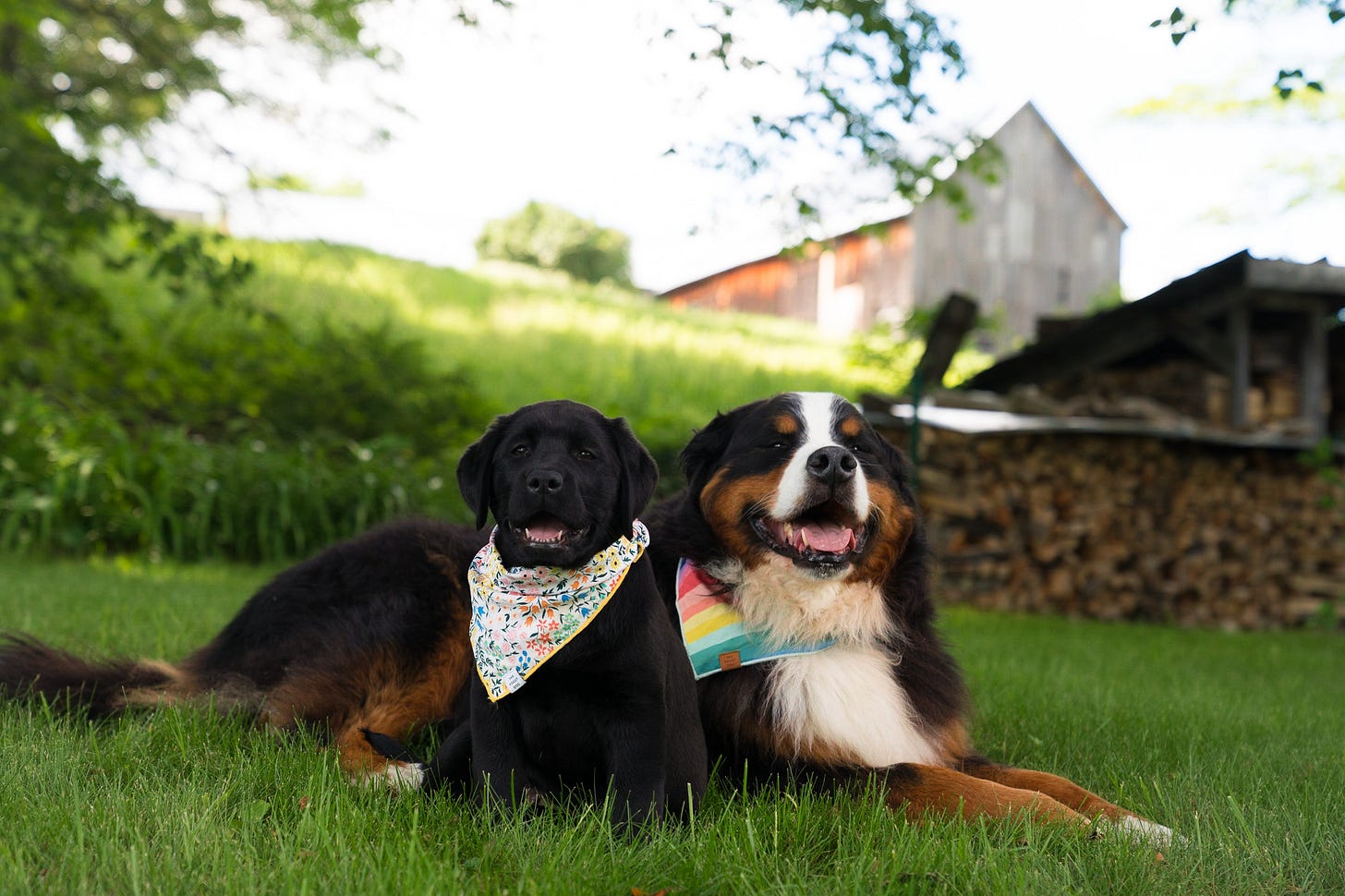6 Steps to Find Safety, When Things Get Tough
And how caring for yourself builds a future with deeper, collective care.
Good morning, Beautiful Human,
I’ll be honest, when I first wrote this, I was completely stuck.
I was lost to grief and absolute overwhelm at our world — at people going hungry, at healthcare relentlessly profiting off pain, and at the reality that our country straight up …




